Concept
Alternate Profiles
Different views and formats:
Alternate Profiles ?Profiles (alternative information views) encoded in various Media Types (HTML, text, RDF, JSON etc.) are available for this resource.
- Preferred Labelskos:prefLabel
OGC Conceptual Modeling Discussion Paper
- URI
- http://www.opengis.net/def/docs/21-041r2 ↗Go to the persistent identifier link
- Within Vocab
- OGC Documents
| Definitionskos:definition | Historically, conceptual modeling was utilized sporadically within the Open Geospatial Consortium (OGC). Models were used in OGC standards both informatively and normatively to describe the structure of the information within a standard for a particular domain. As independent standards-development organizations, OGC and alliance partners such as ISO / TC211 did not always develop common models. There are several examples of conceptual models in OGC’s Abstract Specifications, many of which have become ISO / TC211 standards since their publication. Outside of Abstract Specifications, there are fewer examples of conceptual models in Implementation Standards. Logical Models and Physical Models tend to be specified more in Implementation Standards. The need for conceptual models in Implementation Standards has become apparent since the OGC is moving towards resource based architecture through the development of the OGC Application Programming Interface (API) suite of standards. In the previous ways of working, standards and encodings mapped 1:1, as many OGC standards were based on the Extensible Markup Language (XML) and a standard described a particular set of XML documents to support a domain. The move to OGC API has led towards a separation of an information model represented in a standard from encodings, which is the way that the information models are expressed in a given technology. In other words, the move to OGC API has led to a clearer separation of the logical model from the physical model. The utilization of conceptual modeling practices may be employed to manage, track, or govern the use of concepts and terms within different standards. The OGC should adopt conceptual modeling where suitable with a new group to support the working groups with the modeling effort that may otherwise have not been completed because a lack of expertise or value recognition. Taking the concept one step further, Model Driven Architecture (MDA) is a transformation process to create a platform specific model, or implementation from a logical, platform-independent model. This process could be implemented to enable quick production of standards into different target technologies or for the creation of new standards entirely. This paper does not suggest making MDA and associated mandatory for future standards generation. |
|---|---|
| Broaderbroader | Discussion Paper |
| http://purl.org/dc/terms/createdcreated | 2022-01-24 |
| Creatorcreator | Sam Meek |
| seeAlsoseeAlso | https://docs.ogc.org/dp/21-041r2.html |
| Status of item in register or collectionstatus | valid |
| Notationnotation | 21-041r2 |
| Alternative LabelaltLabel | 21-041r2 |
| OGC Conceptual Modeling Discussion Paper | |
| OGC document typedoctype | Discussion Paper |
